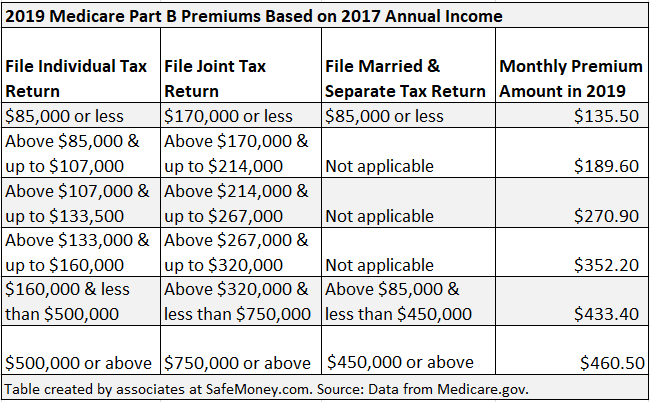Social Security Benefits Are Getting a Nice Boost in 2019

Good news, Social Security beneficiaries! Every year in mid-October, the Social Security Administration announces any cost-of-living adjustments to benefits – or “COLAs.” On October 12, the agency said that Social Security recipients would see a 2.8% COLA in 2019.
Until now, the 2018 cost-of-living adjustment had been the largest bump-up in benefits since 2012. What accounted for the heftier increase this year?
A rise in the cost of energy products, not to mention an increasing cost of shelter, were big inflationary contributors, according to experts. Both of those cost categories have heavy weightings within the Consumer Price Index for Urban Wage Earners and Clerical Workers (CPI-W), the Department of Labor index on which COLAs are based.
For Social Security beneficiaries, the increased benefit payouts will start in January 2019. People receiving SSI benefits will see the increase on December 31, 2018.
Effects of the COLA on Social Security Benefits
How much the cost-of-living adjustment will affect benefits varies by type of beneficiary. It’s a question of who is receiving the Social Security payout.
For example, a retired American may receive payments based on their personal earnings. Meanwhile, an “aged widow,” or someone who lost their spouse and is at least age 60, may receive survivor benefits from Social Security based on their spouse’s record.
The Social Security Administration provides a table below, which can helpful for seeing the effects of the increase. It shows before-and-after calculations for average benefits going to different types of beneficiaries.

What Does It Mean for Retirees?
According to data from the U.S. Bureau of Labor Statistics, Social Security is a major income source for the average retiree household. A typical retired household draws an average yearly income of $24,673 from Social Security as well as private and government pensions.
Apart from being a foundation of many retirement income plans, Social Security also provides a source of “permanent” income – or an income stream that generally doesn’t fluctuate from year to year.
Other income-generating sources, such as retirement accounts, may swing up-and-down in their payouts due to a number of factors. That can include how equity markets perform, depending on which specific portfolio assets may provide an income stream for a retiree household.
What’s Going on with Medicare Premiums?
Along with the boost in Social Security benefits, Medicare will also have a slight bump-up. Medicare Part B premiums taken from monthly Social Security checks will increase in 2019, according to an announcement from the Center for Medicare and Medicaid Services.
Around 70% of Social Security beneficiaries have Medicare premiums deducted from their Social Security payouts each month. For most recipients, the monthly premium will jump to $135.50 in 2019, up from $134 in 2018.
How Much Will People Pay for Medicare Part B Premiums?
What you might pay for Part B premiums in 2019 will depend on your tax return for 2017.
Premium amounts are calculated based on different levels of modified adjustment gross income. According to this table from Medicare.gov, income above $85,000 for a single filer in 2017 – and above $170,000 for joint filers – will be subject to higher premiums.

Roughly 3.5% of Medicare beneficiaries (or 2 million people) will pay less than the $135.50 monthly premium next year. That is because they are ‘protected’ by the “hold harmless” provision, which keeps Medicare premiums from rising at a faster rate than cost-of-living adjustments for Social Security benefits.
Keeping Up with Inflation
While the 2019 COLA is good news for Social Security recipients, the importance of having a gameplan for keeping up with inflation can’t be overstated. And why is that?
Social Security payments are just one component of a retirement income plan. Because of that, your plan must include strategies for how your portfolio assets and savings will maintain their purchasing power over time.
Some areas of retirement spending will rise at a faster pace than others. Take, for example, healthcare expenses. According to research firm HealthView Services, retirement healthcare expenses may rise at an average rate of 4.4% per year.
That can be costly sticker shock, considering that general inflation hovered around 2.1% for the first half-year of 2018, according to the Bureau of Labor Statistics.
What’s more, inflation isn’t the only risk to retirement income security. You will want to be prepared for other potential roadblocks to your income goals, including sequence of returns risk, taxes, and longevity.
If you believe you could benefit from the guidance of a financial professional, help is only a click away.
Financial Guidance is Easily Accessible
Financial professionals stand ready to help you at SafeMoney.com. They can assist you with creating or strengthening strategies for retirement income, financial risk, asset protection, cash-flow, healthcare, and other critical retirement concerns.
Use our “Find a Financial Professional” section to locate and connect with someone directly. Should you need a personal referral, call us at 877.476.9723.








